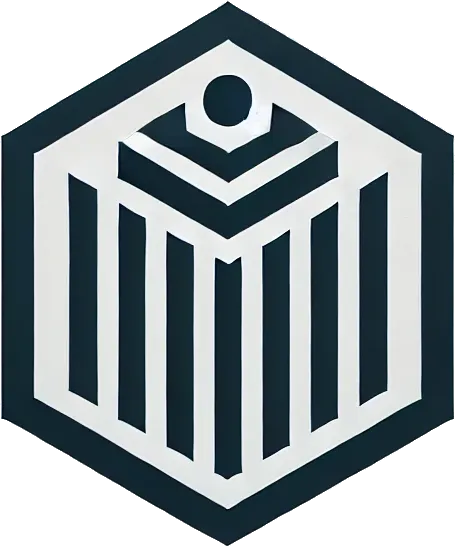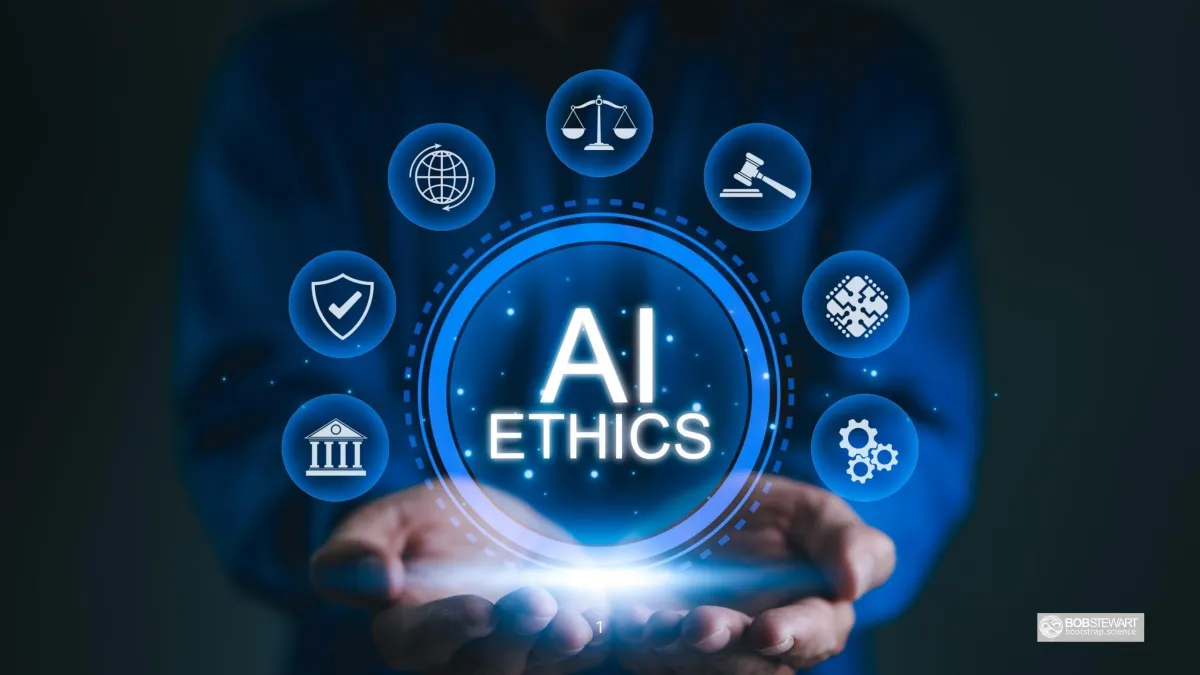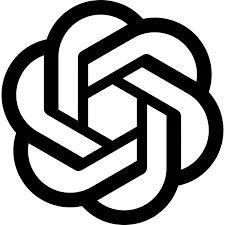Manufacturers are leveraging AI for smarter production lines, predictive maintenance, and supply chain optimization as part of the Industry 4.0 revolution. But when AI intersects with physical processes, safety and reliability are paramount. In factories, an algorithm’s mistake isn’t just a lost data point—it could mean equipment damage or worker injury. Governance in industrial AI ensures that efficiency gains never come at the expense of safety, quality, or regulatory compliance.
Safeguarding Industrial AI Innovation with Quality & Safety
AI-SDLC Institute aids manufacturing and industrial organizations in implementing AI solutions under a rigorous governance framework, one that complements established engineering standards (like ISO safety certifications, Six Sigma quality processes, and regulatory compliance) rather than competing with them.
We integrate AI governance into your existing operational excellence programs. That means as you deploy AI for robotics, process control, or demand forecasting, our structured approach ensures you identify and mitigate risks (malfunction, bias, data drift) within the familiar PDCA (Plan-Do-Check-Act) or SDLC cycles your engineers already use. By weaving ethical and risk considerations into design reviews, testing protocols, and maintenance schedules, AI-SDLC helps you maintain control over AI just as tightly as over any machine on your shop floor. The result: you achieve productivity and innovation gains from AI while maintaining the safety, quality, and regulatory compliance that your industry mandates.
Contact us to reinforce your smart manufacturing initiatives with governance that protects your workforce, customers, and reputation from AI-related risks.
The Trinity Framework: Three Pillars of Differentiation
We distill AI mastery into three core pillars, ensuring a structured, repeatable path to success:

Leadership → Mission | Purpose | Focus
Safety-Critical Design & Testing:
In industrial contexts, we prioritize functional safety and robustness from the get-go. This pillar integrates with standards like IEC 61508 (functional safety for electronic systems) or sector-specific regulations (e.g. FDA’s GMP for pharma manufacturing or automotive ASIL levels for AI-driven components). Practically, our framework guides teams to conduct hazard analyses for AI systems: What’s the worst-case scenario if this AI prediction or control is wrong? Then design safeguards accordingly (such as fail-safe modes, interlocks, or human verification for high-risk decisions). Rigorous simulation and sandbox testing are mandated before an AI controls real equipment. If you’re rolling out a machine learning model to adjust chemical process parameters, our process would ensure it’s tested under extreme conditions and that it cannot exceed predefined safe limits. We make sure “unsafe failure” of AI is not an option, aligning AI behavior with the reliability expectations of industrial automation.
Mission – Define the "why" of AI systems, aligning with human and business needs.
Purpose – Ensure AI initiatives are guided by ethical principles and long-term value.
Focus – Drive AI projects with clarity, structure, and accountability.

Certification → Prepare | Train | Execute
Quality Assurance & Continuous Improvement:
Manufacturing thrives on continuous improvement (Lean, Six Sigma). We extend those philosophies to AI. This pillar establishes quality metrics for AI performance (accuracy, error rates) that are monitored like any KPI on the production line. We help implement version control and change management for AI models similar to how you control revisions of mechanical designs—so any tweak to an AI model goes through proper review and documentation. If an AI system assists in visual inspection for product defects, our framework ensures it’s part of your QC process, complete with periodic revalidation and calibration using new sample data (much like gauge R&R in Six Sigma, but for algorithms). In essence, AI becomes another process to optimize and error-proof, subject to the same PDCA cycle as any process improvement initiative. This not only maintains high quality output but also builds confidence among workers and managers in the AI tools they use daily.
Prepare – Learn foundational AI-SDLC methodologies.
Train – Gain hands-on experience through structured modules and case studies.
Execute – Validate skills through real-world AI project integration.

Execution → Plan | Build | Scale
Regulatory Compliance & Traceability:
Industrial sectors are heavily regulated (OSHA for workplace safety, EPA for environmental aspects, FAA for aerospace manufacturing, etc.). This pillar ensures AI systems do not become a compliance blind spot. We incorporate compliance checkpoints relevant to AI: for instance, if AI is used in quality control for a medical device manufacturing, it needs to meet FDA software validation guidance. If AI optimizes energy usage in a plant, environmental regulations shouldn’t be inadvertently breached. Our approach promotes traceability – every AI decision or recommendation can be logged and traced, aiding both internal audits and any external regulatory inspections. We align with digital twin and traceability systems you may already have. By doing so, whenever there’s a question (why did the AI flag this part as defective or why did it adjust that temperature?), you have an answer and a record. This pillar effectively extends your compliance assurance into the realm of AI, proving that adopting advanced tech doesn’t weaken your compliance stance but rather strengthens it through better monitoring (Will AI cause a large-scale industrial accident? | Jim Bagrow)
Plan – Develop structured AI-SDLC roadmaps.
Build – Implement AI solutions with tested frameworks.
Scale – Govern and optimize for long-term operational success.
Ready to get started?
Why AI-SDLC Institute?
Manufacturing and industrial operations deal with physical reality, where errors can have immediate, tangible consequences. The introduction of AI into this arena has immense upside: predictive maintenance AI can prevent unplanned downtime, smart robots can boost productivity, and AI-driven supply chain management can save costs and time. Indeed, many companies are seeing these benefits – leading firms report 30–40% decreases in workplace accidents after implementing AI-based safety analytics and monitoring (What Role Does Artificial Intelligence Play in Predicting Workplace Accidents within Safety Management Systems? ). That underscores AI’s potential to enhance safety. But achieving such results reliably requires careful governance. An uncontrolled or poorly understood AI in a plant could just as easily cause incidents. Picture an AI scheduling system that inadvertently schedules two incompatible chemicals to be stored together (Will AI cause a large-scale industrial accident? | Jim Bagrow), or a learning robot that deviates from its expected path—without proper oversight, these scenarios can slip through. A single catastrophic event caused by an AI malfunction (like a large-scale industrial accident triggered by an algorithm’s chain reaction) could not only harm people and the environment but also set back trust in industrial AI for years.
Additionally, industrial firms have spent decades building reputations for quality and safety (often documented via ISO certifications, etc.). AI errors—especially if they go unmonitored—can erode those hard-won reputations. Think of a scenario where an AI system in a food processing plant mistakenly allows contaminated products through because the data drifted outside the range it was trained on; without governance, you might only discover the issue after customers are affected. That’s why continuous monitoring is emphasized: AI models can degrade over time or when facing new inputs, so just like any machine, they require maintenance and oversight.
Who Is This For?
The AI-SDLC Institute is designed by and for:
Manufacturing Companies (All Sizes):
From Fortune 500 industrial conglomerates to mid-sized advanced manufacturing firms. Stakeholders include operations executives (COOs, plant managers), heads of manufacturing innovation or Industry 4.0 initiatives, and process engineering teams deploying AI for automation, quality or maintenance.Industrial Equipment Producers:
Companies that build the smart machines and industrial AI solutions (robotics firms, industrial IoT and control system providers). They need to ensure the AI in their products is governed during design and can be validated for customers. We help integrate governance in their product development so that end-users (factories) can trust and certify those solutions.Quality and Safety Professionals:
Six Sigma Black Belts, Quality Assurance managers, EHS (Environment, Health, Safety) officers who are encountering AI in their domain. We support them in updating quality management systems and safety protocols to incorporate AI oversight, ensuring these professionals continue to have full visibility and control over process changes.Supply Chain & Logistics Managers:
(Insofar as industrial covers supply chain) The folks optimizing warehouses or logistics with AI. They benefit from governance to avoid disruptions – e.g., an AI that allocates inventory incorrectly could cause major delays. We provide frameworks to test and monitor AI in these contexts as well.
Regulatory bodies are also catching up. For example, the EU Machinery Directive and upcoming AI regulations will likely require that AI components of industrial equipment demonstrate safety just like physical components. Similarly, workplace safety regulators may start looking at how companies govern AI that affects workers (imagine OSHA asking: how do you ensure that AI scheduling doesn’t lead to worker fatigue or unsafe staffing?). Companies will need good answers.
Moreover, involving the workforce in governance is critical. Industrial AI often changes jobs and processes on the factory floor. If operators and engineers see AI as a black box imposed on them, they may distrust or even resist it, which can cause its own failures. A well-governed AI program, on the other hand, is transparent and includes worker feedback—e.g., allowing operators to flag when the AI’s recommendation seems off, and having a process to review those flags. This inclusive approach can actually improve AI accuracy and acceptance.
In short, governance matters here to prevent accidents, ensure quality, comply with laws, and to integrate AI smoothly into the human-machine mix that drives factories. The ROI of governed AI is more uptime, less scrap, fewer accidents, and easier compliance audits, all achieved without nasty surprises. It’s how we make sure that “smart factories” truly remain safe and smart. And as industry embraces AI more (predictive maintenance is projected to save billions in coming years, supply chain AI is becoming standard), those who have governance in place will outpace those who learn by trial and error. AI-SDLC Institute’s framework is about avoiding the errors in the first place, so manufacturers can enjoy the rewards of AI confidently and sustainably.
Join the Movement. Lead the Future.
We urge manufacturing and industrial leaders to join us in forging a path where advanced AI and traditional operational rigor go hand in hand. When you engage with AI-SDLC Institute, you’re entering a cross-industry community that spans automotive, aerospace, electronics, consumer goods, and more—all sharing the goal of leveraging AI without compromising the core tenets of manufacturing excellence. Come share your challenges: Are you unsure how to get your maintenance engineers to trust an AI’s recommendations? Did you implement a great AI tool in one plant, but struggle to standardize it across others? By collaborating with peers through our Institute, you can learn how others overcame these hurdles.
We also collaborate with standards bodies and industry consortia (like those in the Industrial Internet Consortium or ISO technical committees on AI in manufacturing), and our members often contribute insights from real-world deployments. By being part of AI-SDLC, you can help shape future industrial AI standards—making sure they are practical and beneficial.
Whether you’re an early adopter of AI in manufacturing or just starting to consider pilot projects, the Institute welcomes you. We provide a space to ask the tough questions about AI safety and reliability, and collectively develop answers. Through webinars, factory site visits (when possible) showcasing governed AI in action, and expert panels, we turn the abstract concept of “AI governance” into tangible practices you can implement. Join us, and empower your company to innovate with AI on the factory floor as confidently as you would roll out a new production line—knowing it’s been proven safe, effective, and compliant. Together, let’s set the benchmark for smart manufacturing that is every bit as safe and high-quality as the legacy it builds on.

Industrial AI Governance Workshops:
We conduct hands-on workshops at your facilities (or virtually) for engineers, plant managers, and data scientists. These sessions translate our governance framework into the language of Lean manufacturing and Six Sigma that your teams know. For example, we might workshop an actual use case: deploying an AI vision system for defect detection. Participants go through identifying failure modes (like an FMEA for the AI), defining control plans for the AI output, and mapping out response procedures if anomalies occur. By the end, your team not only understands AI-SDLC concepts but has applied them to a pilot project. This practical training accelerates adoption and is part of our current service portfolio (education tailored to client context).
Advisory on Compliance & Certification:
Our experts can advise on how to achieve or maintain certifications when introducing AI. For instance, if you’re ISO 13485 (medical device quality) or ISO 26262 (functional safety for automotive) certified, we guide how to document your AI processes to satisfy auditors that you still meet requirements with AI in the mix. Likewise, if you must comply with FDA 21 CFR Part 11 (electronic records) or other regulations, we help align your AI systems to those. While we don’t issue certifications, our knowledge can prepare you for a smooth audit by showing that your AI governance is an extension of your validated processes.
Templates for Safe AI Integration:
Members have access to specialized templates and checklists. For example: a “Safety Requirement Spec for AI” template that can be added to your equipment engineering specs, ensuring any AI component meets certain diagnostics and fail-safe requirements; a Model Change Control procedure document that aligns with ISO 9001 document control; a post-deployment monitoring form for operators to log and escalate AI anomalies. These are provided as part of our framework toolkit and are ready to slot into your existing quality and safety management systems. Using them, a company can cut down the time to develop internal SOPs for AI governance, because we’ve done the foundational work.
Industrial Best-Practice Forum:
Within our community, we host a subgroup focused on manufacturing/industrial AI governance. Members from different companies regularly convene (virtually) to discuss sector-specific issues—like AI in predictive maintenance: what thresholds do others set to avoid false alarms vs. misses? Or managing unions/workforce concerns when AI scheduling is introduced. By participating, you gain insights that are directly relevant to your domain. This peer learning is an offering that complements our formal services, providing ongoing value as you implement and refine governance. We ensure discussions remain professional and non-commercial, focusing on improvement and problem-solving.
6+
EVENTS A YEAR
40+
SOPs
30+
YEARS OF EXPERIENCE
2,640+
INFLUENCERS
The Challenges AI Leaders Face
OPPORTUNITIES
Speed to Market: AI-SDLC accelerates deployment without sacrificing compliance.
Cost & Risk Management: Our structured frameworks reduce AI implementation costs and legal exposure.
Safety & Reliability: Proactively mitigate ethical, legal, and technical risks through AI-IRB oversight
Drive your factory’s AI revolution with the same diligence that built your legacy.
Don’t let governance be an afterthought—make it your competitive edge. Reach out to AI-SDLC Institute to equip your industrial AI projects with a safety net of best practices and expert support. By doing so, you protect your people, ensure your products’ quality, and pave the way for sustainable innovation. In the era of smart manufacturing, let’s build systems that are not only intelligent, but impeccably responsible.
What The AI Leaders Are Saying

OpenAI
The AI-SDLC Institute's commitment to ethical AI governance and its comprehensive approach to training and certification resonate deeply with the current needs of the AI community. Its focus on leadership and structured execution frameworks offers valuable guidance for organizations aiming to navigate the complexities of AI development responsibly."

Meta
The AI-SDLC Institute is a professional resource for AI professionals focusing on the Systems Development Life Cycle (SDLC) of AI and Machine Learning (ML) systems. I think the AI-SDLC Institute has a solid foundation and a clear direction, a valuable resource for AI professionals and researchers."

